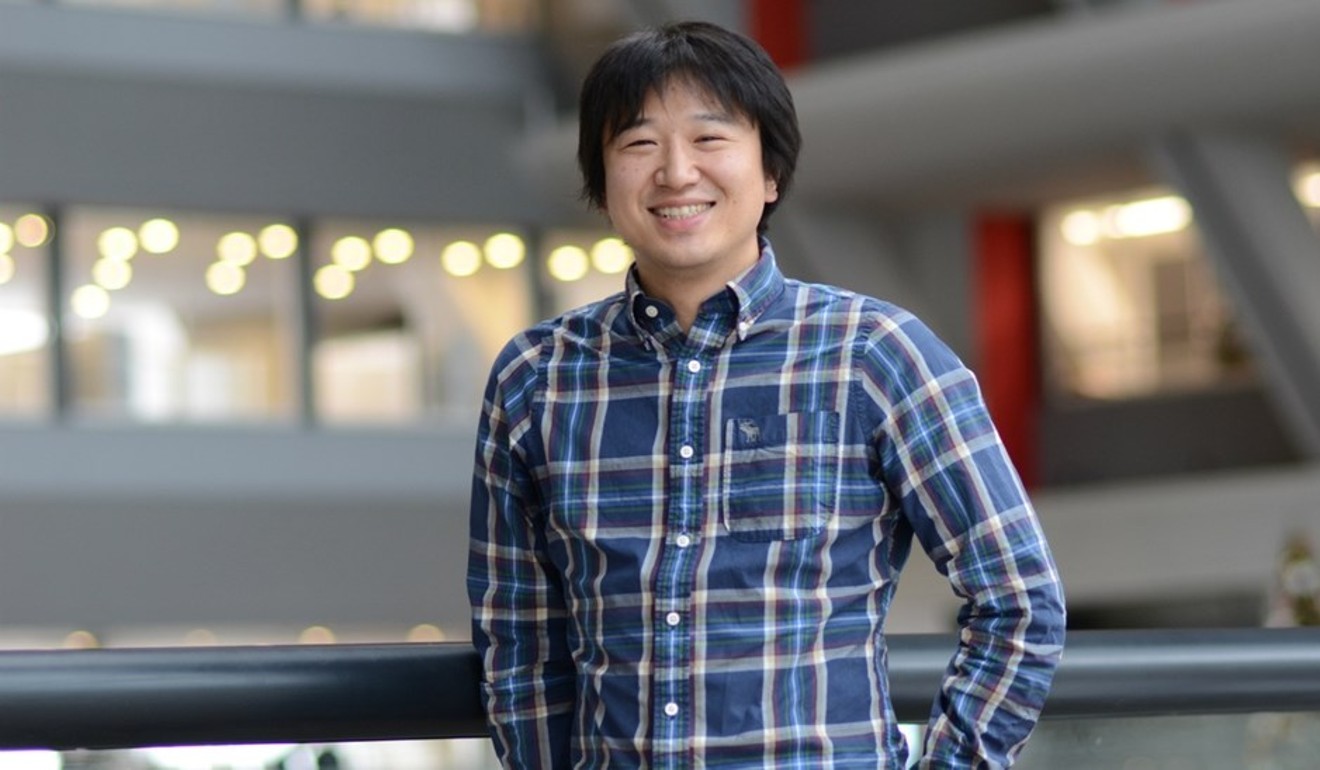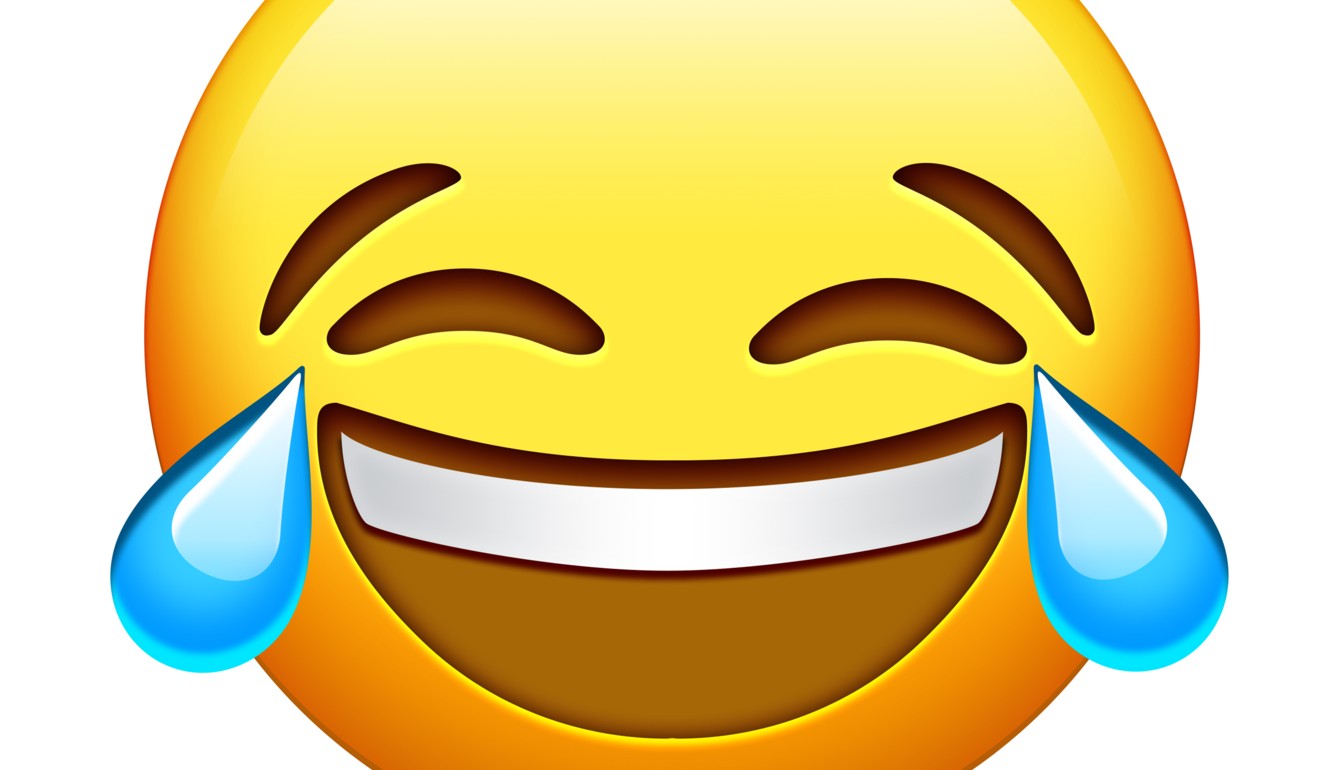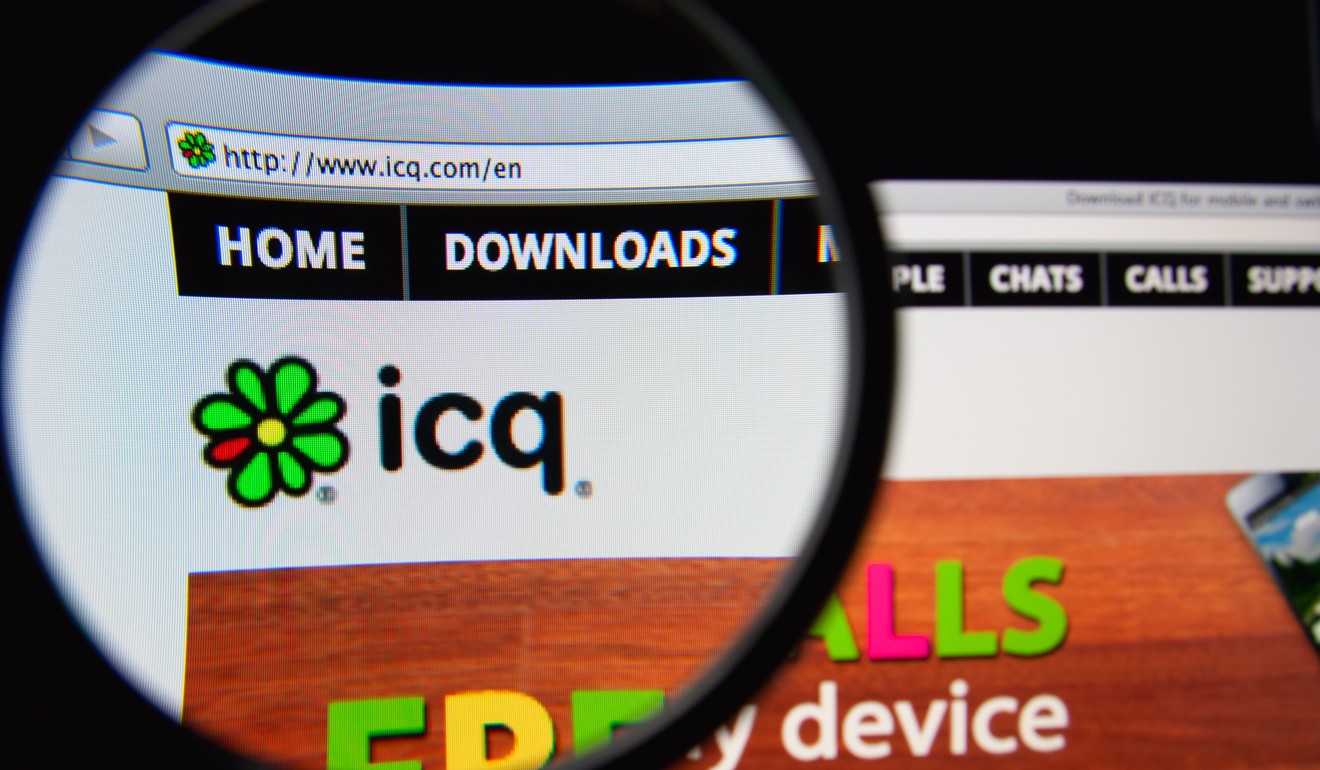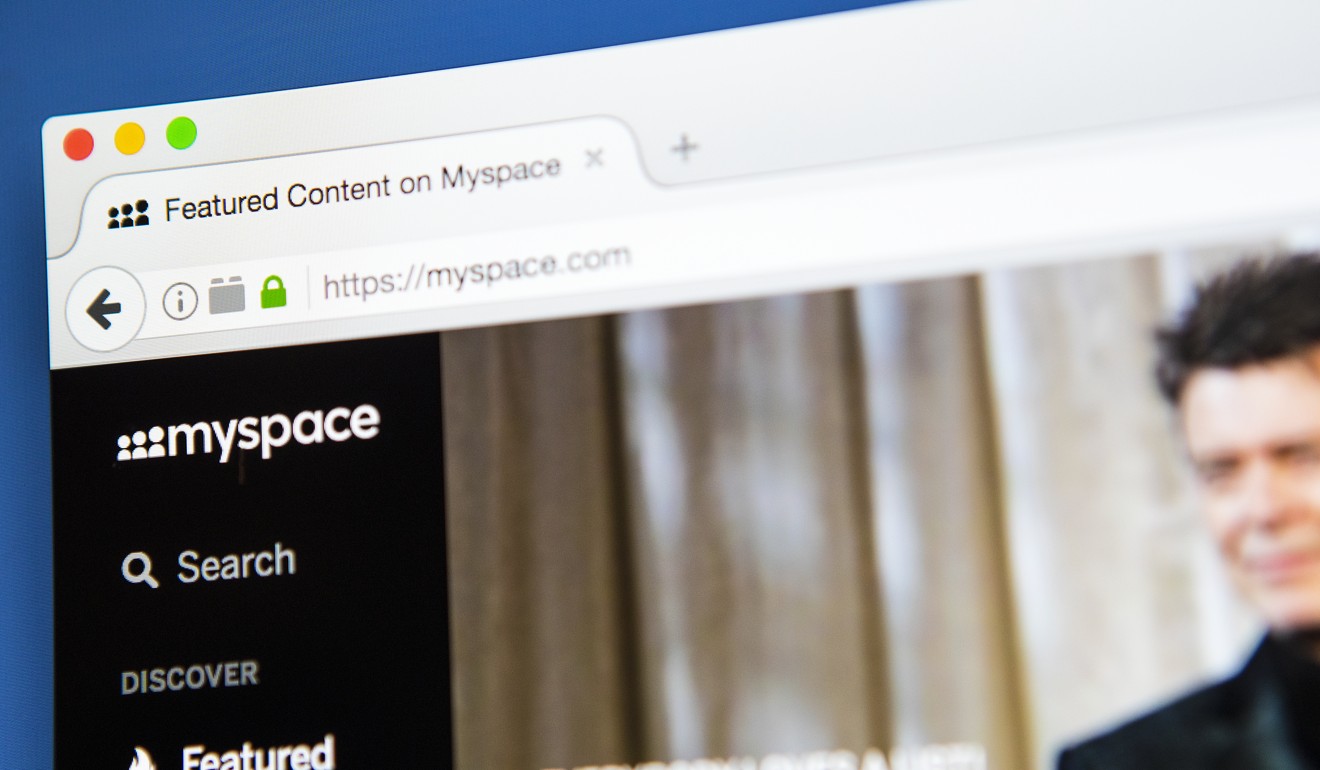
They are the pictures that replaced 1,000 words, but have emojis improved our communication skills?
Our brains are now processing emojis as emotional communication and not words – changing our mood to match the pictograph we are sending or receiving
Communication today is as simple as a speedy WhatsApp, a “like” on Facebook or a meme over iMessage.
People can see when friends were last online and if messages have been read. The need for instantaneous communication, simplified to a single emoji, is the norm.
But is the emoji a development or deterioration in communication?
In 1999, Shigetaka Kurita, part of the team working on NTT DoCoMo’s i-mode, a mobile internet platform for Japan’s biggest mobile phone operator, realised digital contact lacked emotion and left room for miscommunication. He created the emoji. “E” meaning “picture” and “moji” meaning “character”, in Japanese.

Apple tapped into the market in 2007 and created an emoji keyboard for Japanese iPhone users. By 2011, they offered emojis internationally.
And by 2015, 74 per cent of Americans were using them, with an average of 93 per day.
Now there is an annual World Emoji Day on July 17; the “Emojiland” musical premiered in LA in May 2016, and a feature film The Emoji Movie was released in July 2017, just 18 years after the first was created.
“Face With Tears of Joy” emoji was coined Oxford Dictionary’s Word of the Year in 2015, after SwiftKey, the prediction technology for mobile typing, found it to be the most popular emoji across the world.

“Traditional alphabet scripts have been struggling to meet the rapid-fire, visually focused demands of 21st century communication”, Caspar Grathwohl, Oxford Dictionary’s President, said at the time.
“It’s not surprising that a pictographic script like emoji has stepped in to fill those gaps – it’s flexible, immediate and infuses tone beautifully.”

“Images are the way we create sense and meaning and represent the world”, said Marcel Danesi, Professor of Semiotics and Linguistic Anthropology at the University of Toronto, in his TED talk From cave drawings to emojis.
“A simple emoji tells us so much about who we are today.”
Our brains are now processing emojis as emotional communication and not words, changing our mood to match the pictograph we are sending or receiving, discovered Dr Owen Churches from the school of psychology at Flinders University in Adelaide, 2014.
He found we decode a smiley face on the screen by using the same part of our brain that reacts when we look at a human face.
This is what technology entrepreneur Tracey Pickett calls “the evolution of human communication and the language of emoji”, in her TED talk Emoji: The Language of the Future.
She argues these pictographs are “the most significant advancement in restoring social intimacy back to our everyday communications”. The fastest growing language in history which fills the gap, left by facial expressions, of computer mediated communication.
City Weekend takes a look at how we got to the emoji era today:

1980s
The 1980s was all about verbal communication: answering machines became popular and the first cordless phones were developed, allowing people to talk about 30 metres away from the transmitter. The first mobile phone call in Britain was made in 1985.

1990s
The World Wide Web began and typing emails was the way to communicate.
Instant messaging programme ICQ was developed in 1996 by Israeli company Mirabilis, its name coming from the sounds of ‘I Seek You’. It was the first service for one-on-one conversations, and users could see what their friends were typing in real-time.
AOL’s instant messenger, AIM, was founded in 1997, and MSN messenger in 1999.
Mobile phones also became common, setting the premise for text messaging – the ability to reach someone at any time. Nokia launched its first mobile phone in 1993 which allowed people to send texts to others on the same network.
Text language became abbreviated because of the 160-character limit on keypads, and the time taken to enter words on a numerical keyboard. John McWhorter, Professor of English and Comparative Literature at Columbia University, argued texting is not the deterioration of language but a “linguistic miracle” of typing the way we speak in an unmonitored, informal way.

2000s
MySpace was founded in 2003, and Facebook in 2004. Online profiles made communication instant, public and in both video and text format.
In 2006 Twitter was invented as a social network microblogging site, limiting users to 140 character messages, similar to original text messages.
WhatsApp was founded in 2010, bringing instant messaging to the smartphone and making 21st communication even more immediate.
Now
Emojis

